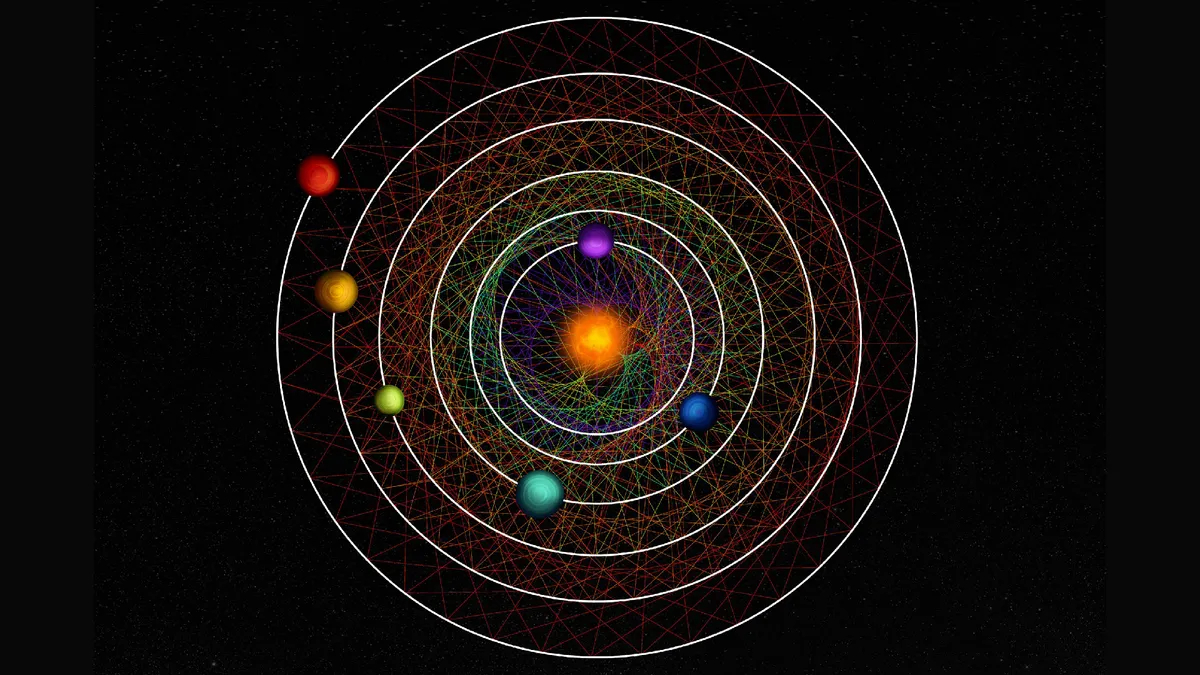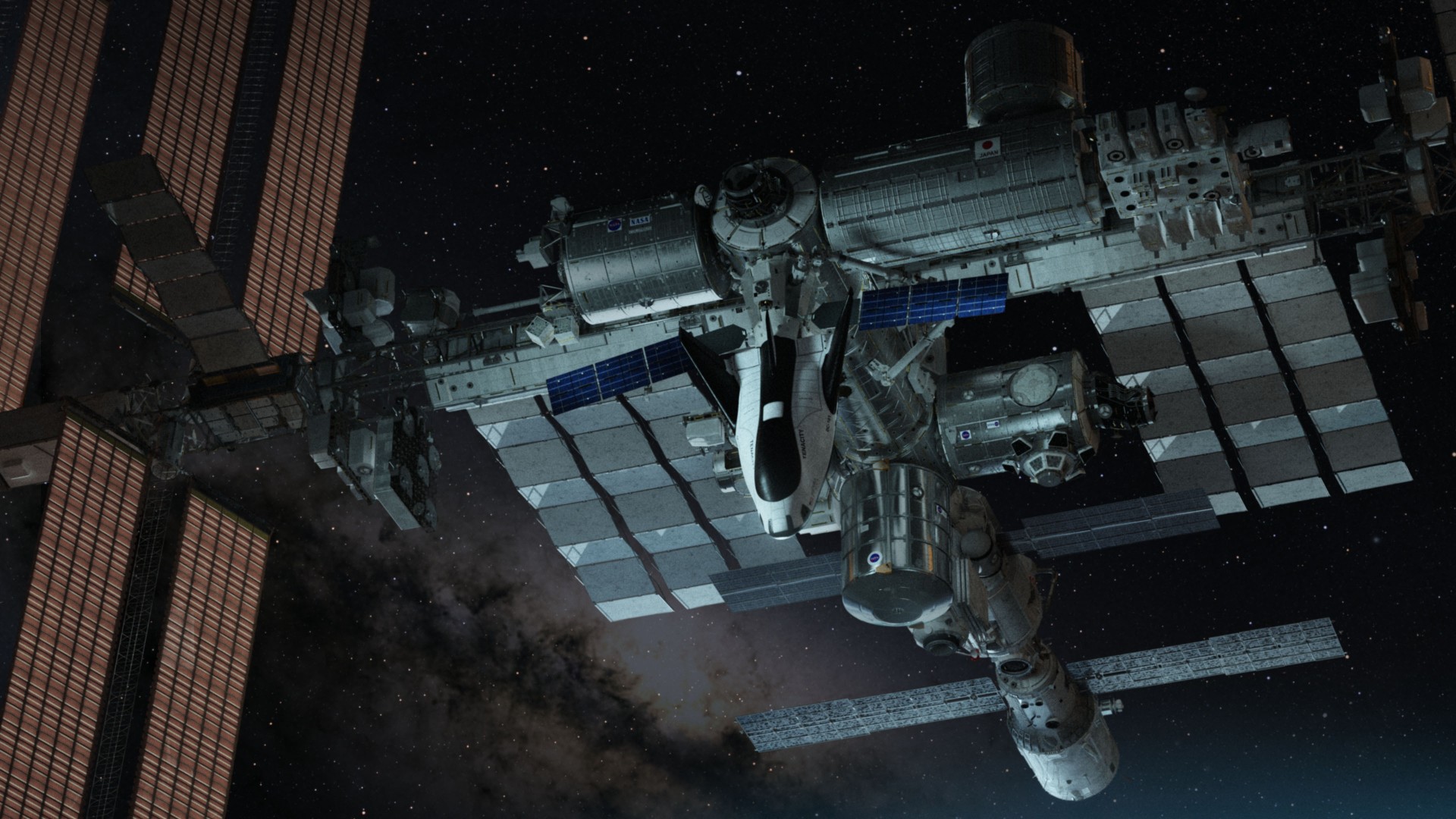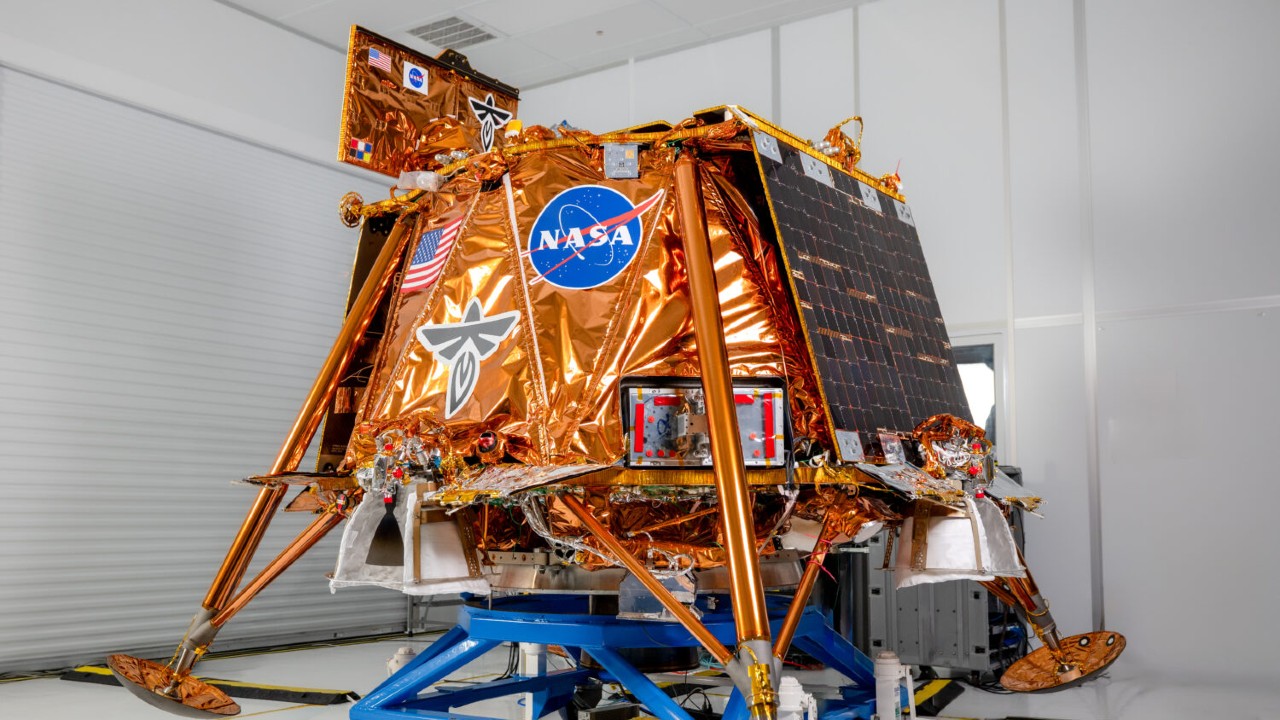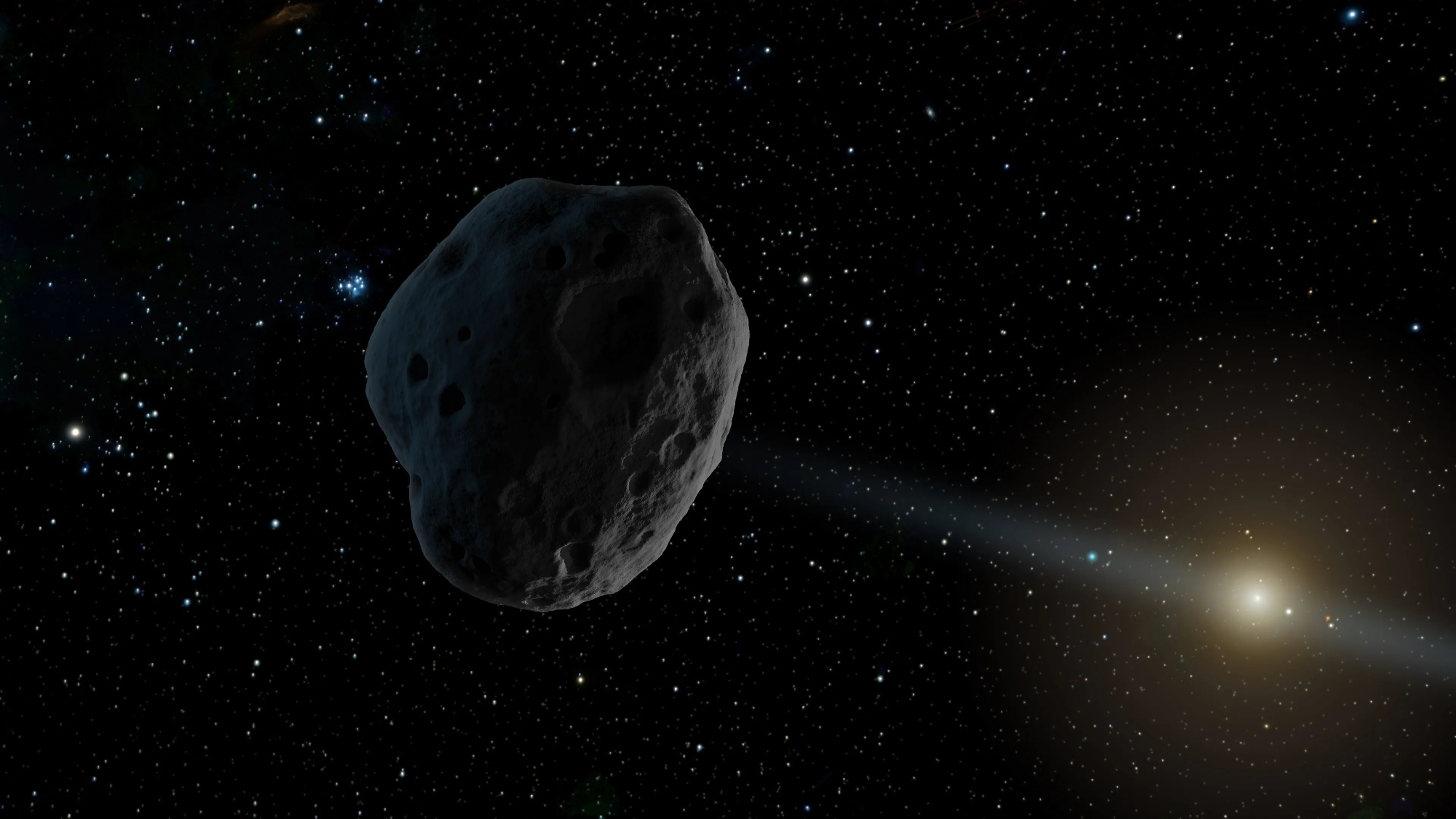Tucked away in the constellation Coma Berenices just 105 light-years from Earth, the star HD 110067 is a hidden gem of the Milky Way. This parent star has guided its litter of six exoplanets to orbit in a cosmic waltz, locked in rhythmic timing by gravitational forces. Synchronicity like this takes practice — but new research suggests that the star’s elegant sextuplet system might be billions of years younger than previously thought. If so, it might dwindle down the candidates for life-supporting planets in this anomalous system.
Previous studies that used the Hertzsprung-Russell diagram — a tried-and-true chart that traces a star’s age through its luminosity and temperature — placed the star at about 8 billion years old. But for stars less massive than the sun, this method may falter, according to Klaus-Peter Schröder, an astronomer at the University of Guanajuato in Mexico.
So Schröder and his colleagues set out to reappraise the star’s age by examining other characteristics: its activity levels and rotation rate. Their new study puts HD 110067 at a relatively spry 2.5 billion years old — roughly 5.5 billion years younger than initially estimated. The team’s research was published Nov. 22 in the journal Astronomy & Astrophysics.
Dating with the stars
The team first gauged the star’s activity by analyzing wavelengths of ionized calcium, an element telescopes can easily spot in hot stellar atmospheres. As a star’s magnetic fields generate energy and heat its outer layers, calcium atoms become excited and emit a distinct color of light. The younger the star, the stronger of an emission researchers will detect.
“A star like our sun that’s halfway through its life cycle is moderately active,” Schröder said. “But this star is a lot more active than that.”
Related: ‘Mathematically perfect’ star system being investigated for potential alien technology
Next, the team analyzed the star’s “spin-down” — a gradual braking of rotation that all stars experience. HD 110067 takes about 20 Earth days to complete one spin, placing it in the earlier stages of its deceleration. (For comparison, the older and slower sun takes at least 27 days to rotate once on its axis, according to NASA.) With this information, the researchers looked for analogue stars — such as the stellar doppelgänger Sigma Draconis in the northern constellation Draco — to zero in on HD 110067’s epoch in life.
“Because these stars have similar evolution tracks and rotation rates, we can understand what point the star is at in its lifetime,” said lead study author Maddie Loupien, an astronomy master’s student at Sorbonne University in Paris. The calcium lines and spin rate led the team to calculate an age of about 2.5 billion years for HD 110067 — give or take 800 million years.
Even if this measurement could be more precise, it still paints a far more lifelike portrait of the star’s age than the figure derived from the Hertzsprung-Russell diagram, according to Adam Burgasser, an exoplanet host star researcher at the University of California, San Diego who was not involved in the research.
“This team really did their due diligence to double-check the star’s age with robust methods,” Burgasser said. This truer estimate should also help astronomers understand how the star’s surrounding exoplanets have evolved, he added.
Possibilities of life?
The perfect clockwork of HD 110067’s planets doesn’t necessarily require long-term parenting from a middle-aged star. Rather, according to Schröder, it may have taken as little as 1 billion years for some of the inner planets to begin rehearsing their careful dance through a gravitational phenomenon called tidal locking — meaning one side of a planet perpetually faces its host star, much like the fixed face of Earth’s moon.
HD 110067’s unexpected youth may also shine a new light on exoplanet environments. So far, all six known planets in the system orbit close to their parent star, where conditions are too scorching for life to arise. But current exoplanet detection methods favor planets with smaller orbits. More planets may yet revolve farther from HD 110067 in its habitable zone and accordingly have milder climates, Schröder said.
But temperature is just one factor; younger stars also spew lethal doses of X-rays and gamma rays. In turn, HD 110067’s newly refined age may limit the possibility of life on these unseen alien worlds.
This story was provided by Space.com’s sister publication Live Science. Read the original story.






